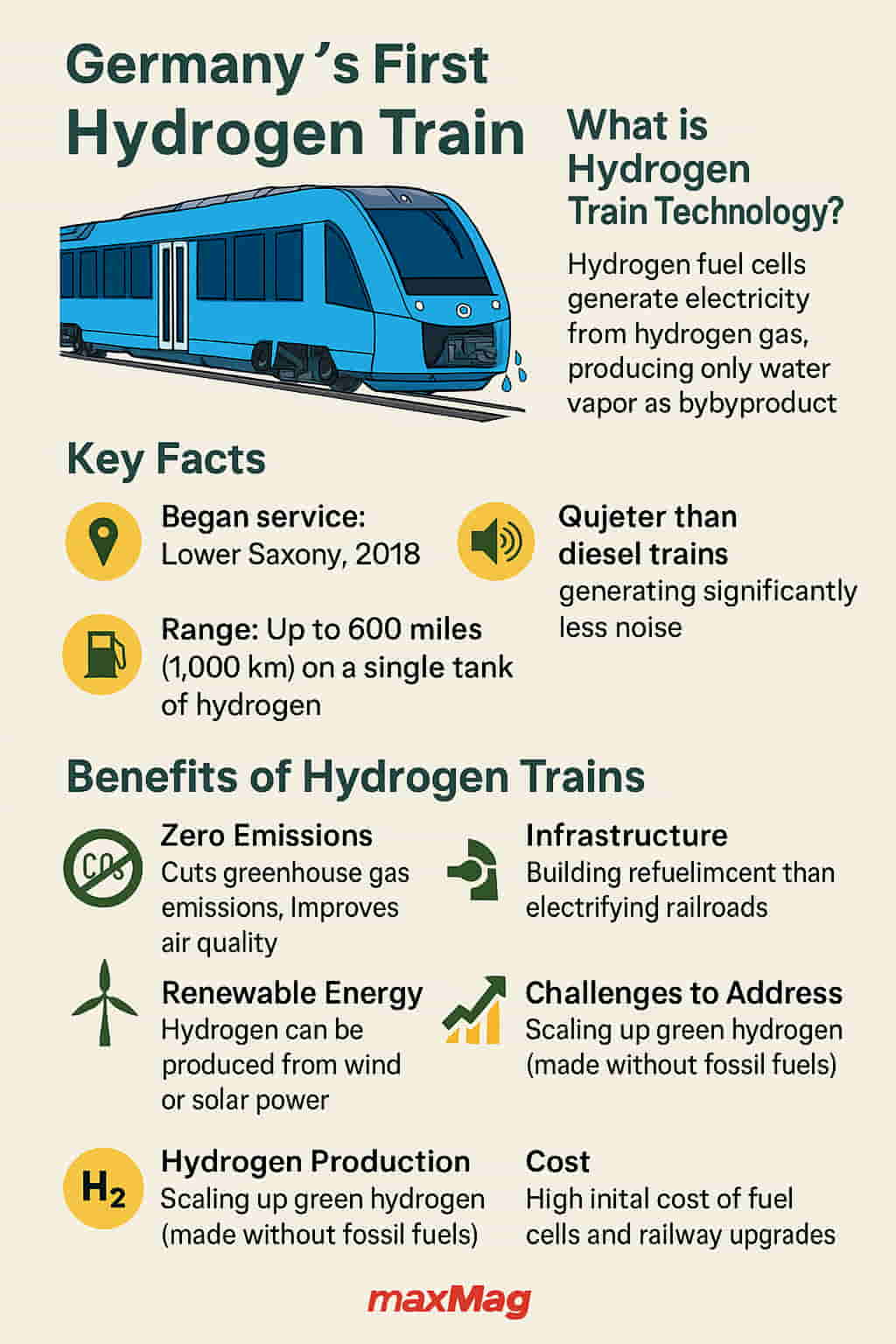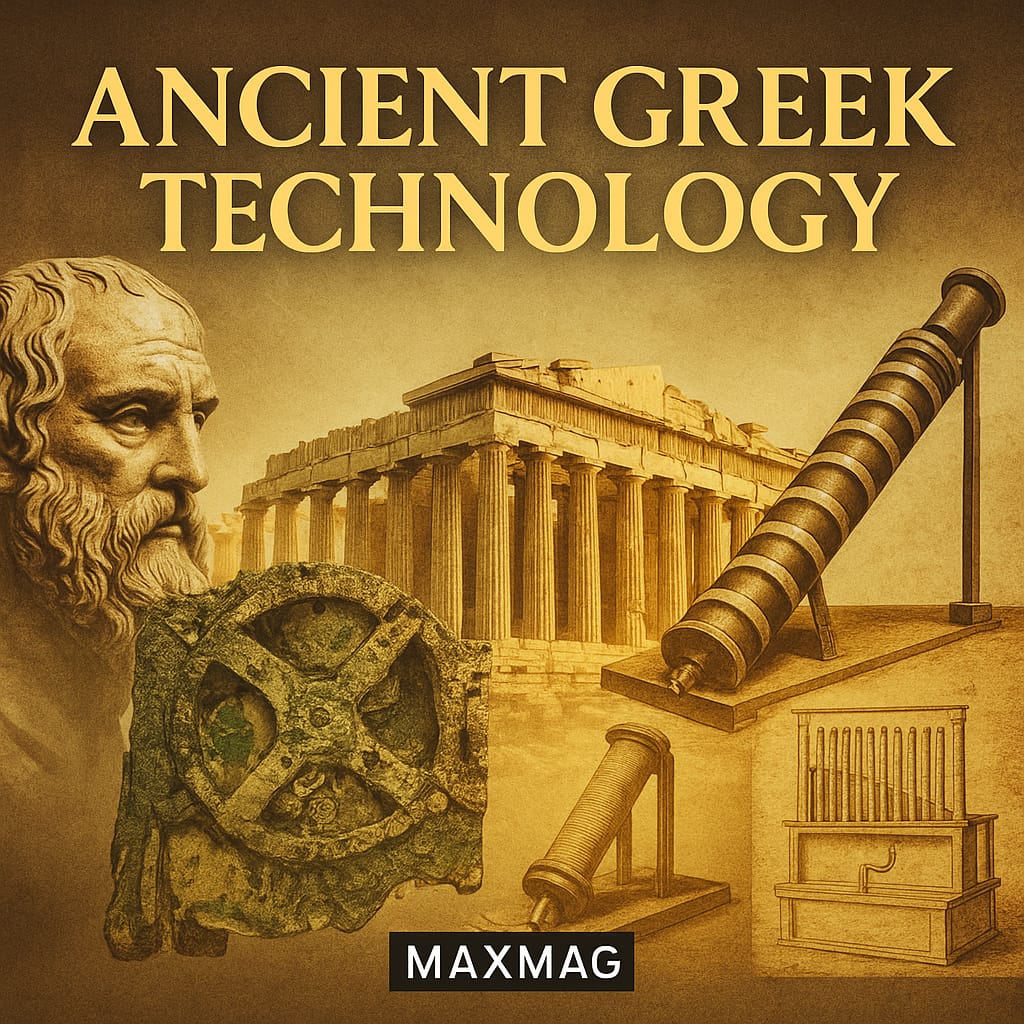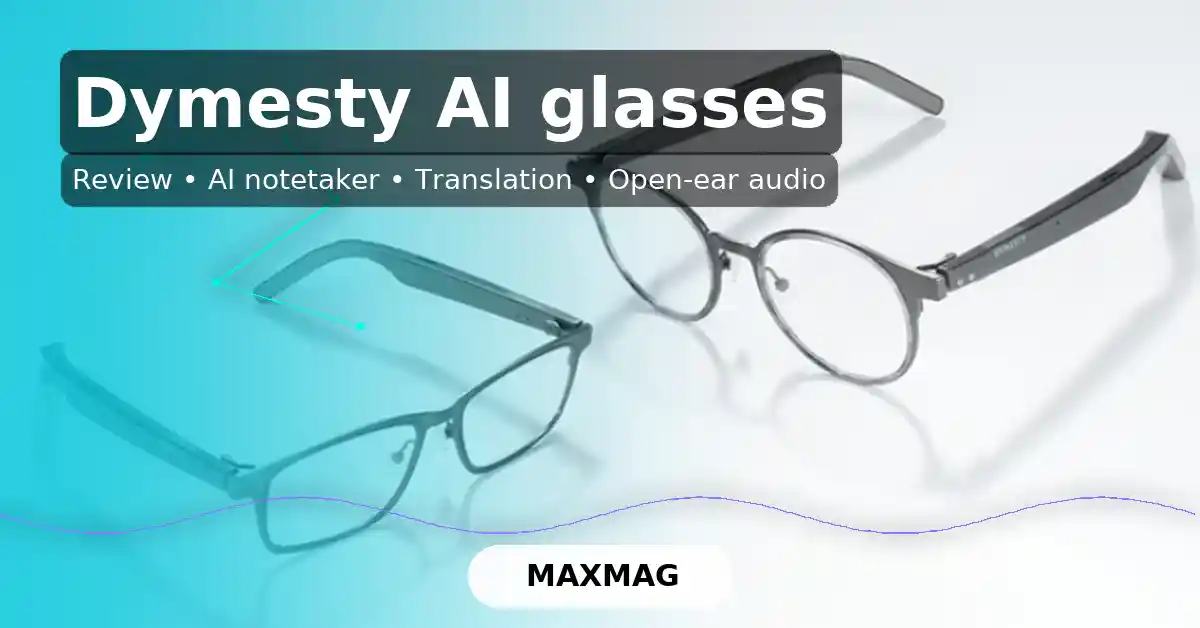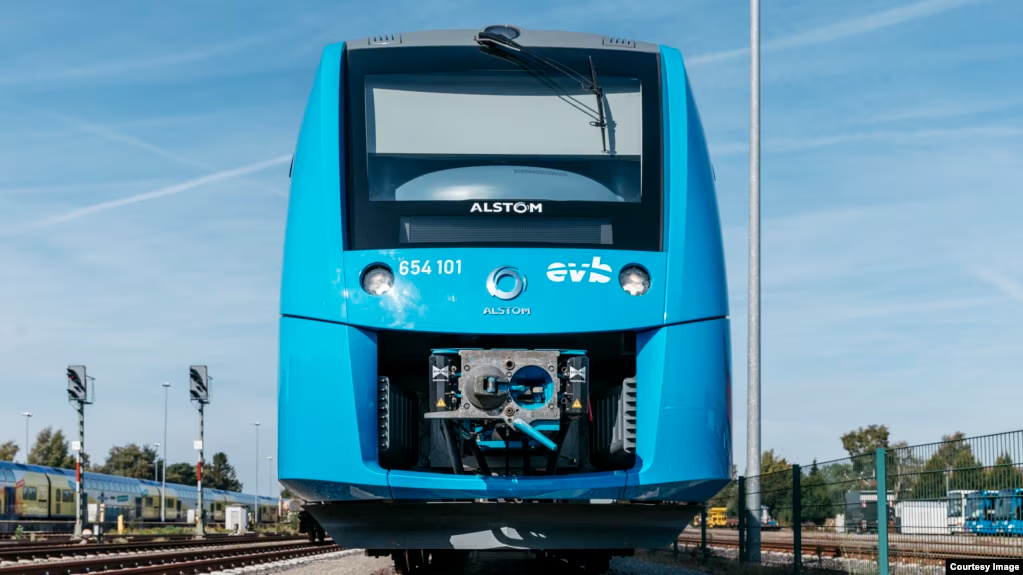
In a bold leap toward carbon-neutral public transportation, Germany has officially launched the world’s first hydrogen-powered passenger train. Operating through the state of Lower Saxony, this pioneering train offers a clean alternative to diesel-powered railcars, producing nothing but water vapor and quiet efficiency. The unveiling marks a turning point in how we think about regional train travel—not just in Europe, but around the world.
At the core of this innovation is hydrogen train technology, a system that combines onboard hydrogen fuel cells with electric drive mechanisms. The outcome is a reliable train service that does not emit any greenhouse gases during operation. This advancement comes at a crucial time, as nations search for scalable ways to decarbonize transport without relying entirely on costly infrastructure upgrades.
The Rise of Hydrogen Train Technology
H2: Understanding Hydrogen Train Technology
Hydrogen train technology works by converting hydrogen gas into electricity via a fuel cell system. Onboard tanks store hydrogen under pressure. When the train operates, this hydrogen interacts with oxygen in the air inside a fuel cell, producing electricity. This electricity powers the train’s motors, enabling it to move like a conventional electric train—without needing overhead wires or diesel engines.
Get the best of tech, movies, and culture from MaxMag — weekly.
SubscribeThe train also features a battery to store surplus energy, especially from regenerative braking. This hybrid setup allows for smoother acceleration and more efficient energy use. What makes it particularly valuable is that the only byproduct of this entire process is water.
As reported by National Renewable Energy Laboratory (NREL), hydrogen fuel cell systems are becoming increasingly attractive for hard-to-electrify transport segments, including regional and freight rail.
Why Germany Took the Lead
Germany’s Lower Saxony region was a fitting location to pilot this new technology. Many regional routes in Germany remain unelectrified due to the high costs and logistics involved in laying down overhead power lines. Rather than replace the entire infrastructure, Germany opted for a cleaner solution that leverages hydrogen train technology.
Alstom, the company behind the Coradia iLint train, worked in collaboration with the German government to test and eventually deploy the hydrogen-powered fleet. The first trains began service in 2018 as part of a pilot project and were fully integrated into public transit by 2022. The local government installed a dedicated hydrogen refueling station, ensuring that trains could operate without interruption.
Environmental Impact: Zero Emissions, Maximum Benefit
One of the most striking features of hydrogen-powered trains is their minimal environmental footprint. Traditional diesel trains emit nitrogen oxides, carbon dioxide, and other pollutants. In contrast, hydrogen trains release only water and heat during operation.
This makes them especially valuable for areas with stricter air quality standards or noise reduction requirements. According to the Environmental Protection Agency (EPA), transportation accounts for roughly 29% of total U.S. greenhouse gas emissions. Switching to hydrogen-powered rail could significantly reduce that figure, especially on rural and regional lines.
The quieter operation of hydrogen trains also improves the quality of life for those living near train routes. The absence of diesel engines means less noise and vibration, which can have long-term health benefits for nearby communities.
Cost Efficiency vs. Infrastructure Overhaul
A common obstacle to railway electrification is cost. Installing overhead electric lines is often prohibitively expensive—especially for routes with lower ridership. The cost can reach several million dollars per mile.
Hydrogen train technology, on the other hand, offers a cost-effective alternative. Rather than replacing miles of track infrastructure, authorities can install localized hydrogen refueling stations and deploy fuel-cell-powered trains. This allows for clean energy adoption without the massive financial and logistical burden of full electrification.
A report by the U.S. Department of Energy supports this claim, suggesting that hydrogen could become a key fuel in transport sectors where full electrification is impractical or economically inefficient.
Performance and Technical Highlights
Germany’s Coradia iLint trains can travel up to 600 miles (roughly 1,000 kilometers) on a single tank of hydrogen. They operate at speeds up to 87 mph (140 km/h), making them suitable for most regional routes.
Other key specs include:
-
Refueling time: About 15 minutes—comparable to diesel trains.
-
Energy storage: Integrated lithium-ion batteries for peak demand and braking energy.
-
Passenger comfort: Low noise levels, air conditioning, and smooth acceleration.
-
Operational range: Equal or superior to traditional diesel units.
These performance metrics prove that hydrogen-powered trains can meet, or even exceed, the standards set by diesel or electric counterparts.
Expanding Hydrogen Rail Beyond Germany
Germany’s hydrogen rail program has inspired similar projects across the globe. Countries including the United Kingdom, France, Japan, and even the United States have begun exploring the potential of hydrogen train technology.
-
In the U.S., Stadler Rail is developing a hydrogen-powered passenger train to run in California by 2025, funded through public-private partnerships.
-
France has ordered hydrogen trains to begin replacing diesel fleets in its regional network by mid-decade.
-
Japan is testing fuel-cell-powered train models in the greater Tokyo area, with goals to scale up by 2030.
These efforts reflect a growing consensus: hydrogen may play a critical role in decarbonizing the rail sector globally, especially in regions with mixed infrastructure or hard-to-reach areas.
Challenges to Overcome
Despite the promise, hydrogen trains face a number of hurdles:
1. Hydrogen Production
Currently, most hydrogen is produced using fossil fuels in a process called steam methane reforming. For hydrogen trains to truly be green, the hydrogen must come from renewable sources like solar, wind, or hydropower.
2. Storage and Distribution
Hydrogen is a volatile gas that requires specialized tanks and safety measures. Building out a nationwide hydrogen infrastructure is an ongoing challenge but not insurmountable with government support.
3. Cost of Fuel Cells
Although prices are falling, fuel cells still represent a significant cost component. Advances in materials science and economies of scale are helping drive costs down, but further investment is needed.
Future Outlook for Hydrogen Trains
The future of hydrogen train technology looks promising. As renewable energy becomes more affordable, it will be easier to produce green hydrogen. Coupled with improvements in fuel cell efficiency and battery storage, hydrogen trains are expected to become a more competitive solution for sustainable rail.
In the long run, hydrogen rail could even be paired with smart grid systems, allowing trains to double as mobile energy storage units that feed electricity back into the grid when parked.
Public sentiment and government policy are also aligning with these advancements. As part of the EU’s Green Deal, billions of euros have been earmarked for hydrogen infrastructure, with similar commitments emerging in the U.S., Canada, and Asia.
FAQ: Hydrogen Train Technology
Q: What is hydrogen train technology?
A: It’s a system that powers trains using hydrogen fuel cells rather than diesel or overhead electric lines. The train emits only water and is completely emission-free during operation.
Q: Is hydrogen fuel safe?
A: Yes, hydrogen storage and usage in trains meet strict safety standards, similar to or even exceeding those used for diesel or natural gas.
Q: How does it compare to electric trains?
A: Hydrogen trains don’t require costly electrification infrastructure, making them more cost-effective in rural or regional areas with fewer passengers.
Q: How long does it take to refuel a hydrogen train?
A: Refueling typically takes around 15 minutes, depending on the size of the hydrogen tanks and the system used.
Q: What’s the lifespan of a hydrogen train?
A: Similar to conventional trains, with an expected operational life of 30 years or more.
Q: Are there hydrogen trains in the U.S.?
A: Yes, the first hydrogen-powered train in the U.S. is set to launch in California in 2025, showing growing interest beyond Europe.
Conclusion
Germany’s hydrogen-powered train represents more than just a technical feat—it symbolizes a shift in mindset. Clean, efficient, and adaptable, hydrogen train technology offers a practical solution to the global challenge of sustainable transportation. While there are still challenges to overcome, the progress made so far suggests that hydrogen may soon become a familiar part of everyday rail travel.
As more countries adopt similar systems, and as green hydrogen production scales up, we may soon see a world where railway engines run on nothing more than the universe’s most abundant element—and leave nothing behind but water and wind.





